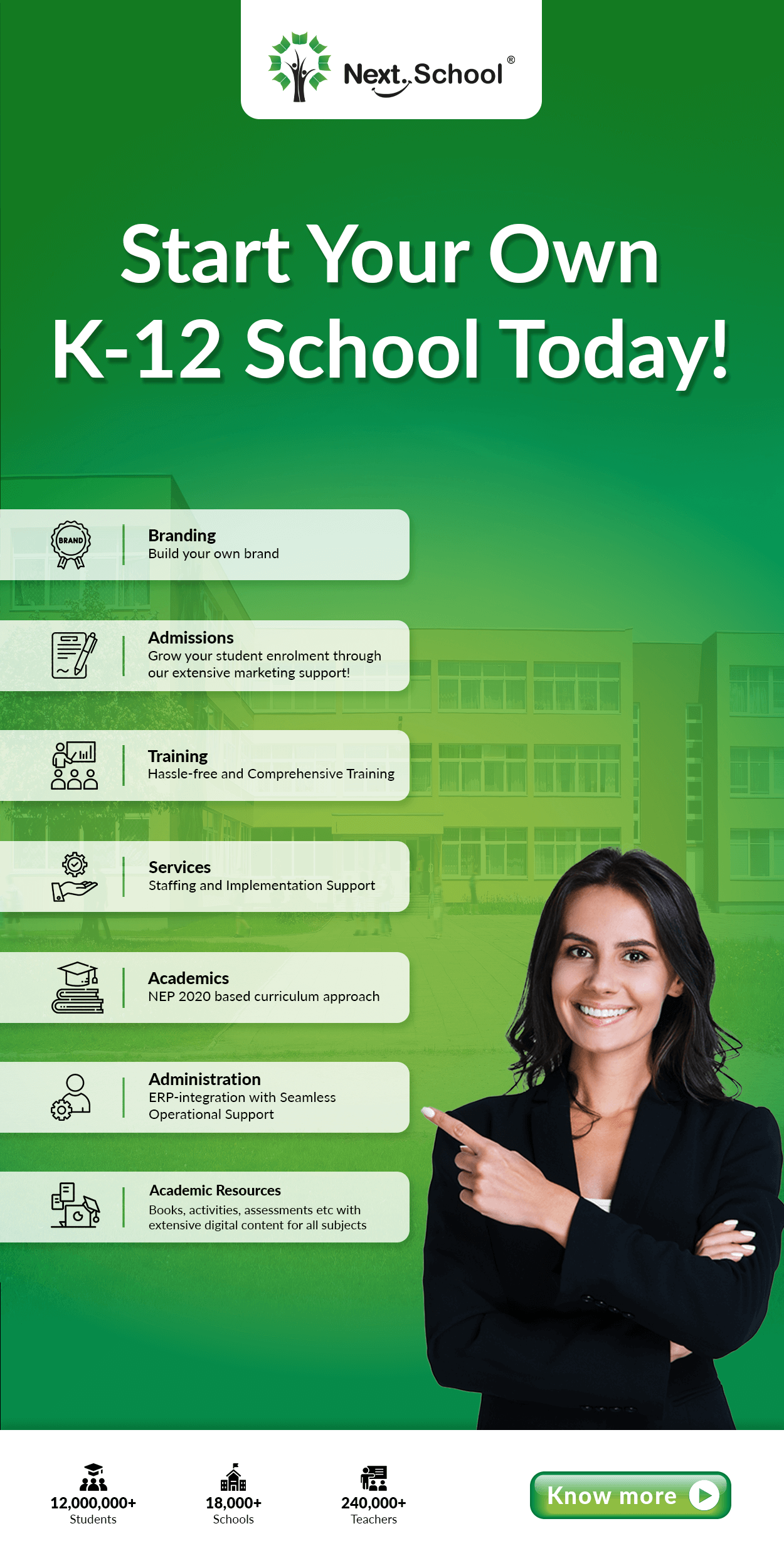Holistic Education Experience Powered by Integrated Learning Solutions

The education industry, in the last decade or so, has witnessed a shift, with technology playing a significant role in shaping the methods of teaching, learning and assessments. All of this augurs well for the K-12 education system. The traditional Chalk & Talk model is passé. Today’s education industry demands blended learning environments that integrate hands-on learning, diversity, collaboration and personalisation. This edition of the NextWorld magazine talks of how technology and integrated learning bridge the digital divide amongst students, teachers and parents.
The belief that technology has transformed education is supported with the caveat ‘if done right’. And for it to be done right, technology integration in education needs to have a real impact on the teaching-learning process.
Integrated learning practices entail:
Curriculum development for the students of the 21st century. A curriculum that empowers learners to learn at a pace and style that suits them.
Assessment and analytics for overall development. For schools and parents, this can be a stepping stone as it focuses on the evaluation of skills developed, and analysis of performance.
Therefore, integrated learning solutions bridge learning and development, thereby promoting student-centric learning with a focus on skill improvement, providing real-time progress report and increased teacher-parent communication. One of the articles in this issue of NextWorld elucidates how technology has revolutionised 21st century learning and teaching approach.
Besides focusing on students, integrated learning develops the right mix of digital learning for teachers and parents. Integrated learning solutions offer online teacher resources, test generators, class performance analysis, automated reports for parents, all accessible through mobile apps. Such platforms make use of various kinds of tools, such as cloud computing, data analytics and artificial intelligence for the effective delivery of content according to the learning objectives.
Integrated learning solutions offer teaching resources and other aids that allow teachers to emerge as beacons of knowledge who work with students to create an engaging learning environment. Additionally, it empowers teachers to optimise their efforts through the personalisation of teaching techniques and improve the overall quality of teaching. For instance, an article in this issue brings out the importance of teachers’ training to overcome the challenges of the 21st century education system and devising innovative yet best practices within academia.
With the help of integrated learning systems, students can actively learn in a virtual learning environment, monitor their progress, and learn anywhere, anytime and at any pace. It simplifies complex concepts by adding visual elements, which will help students understand not just the ‘What’ of the concepts, but the ‘How’ and ‘Why’ too.

